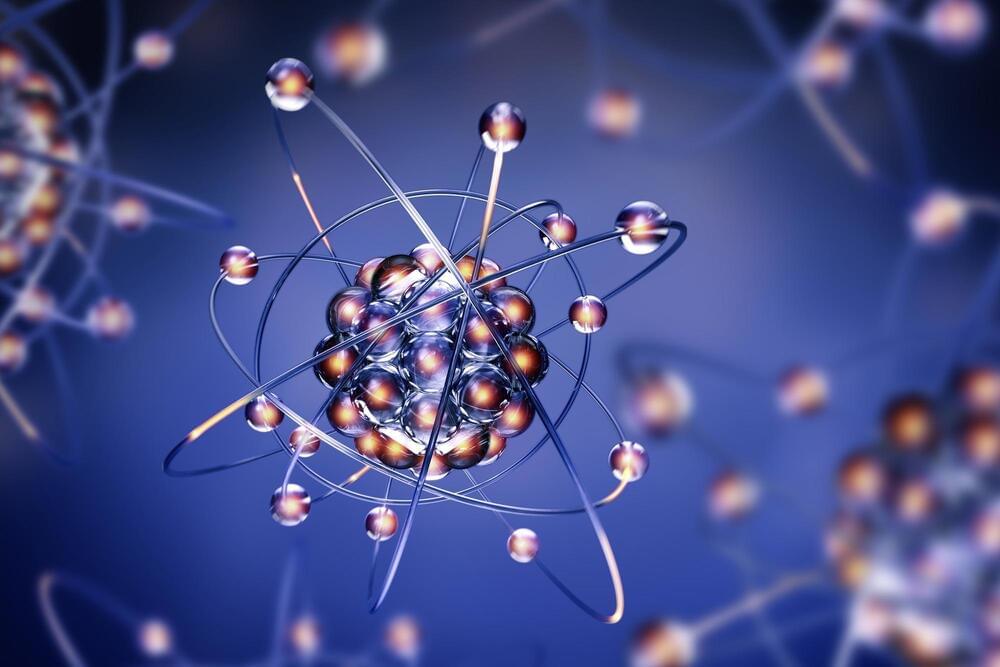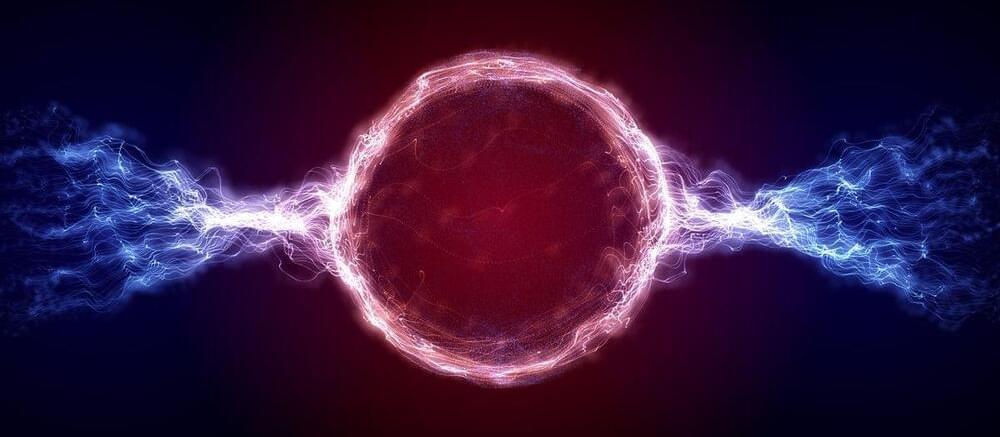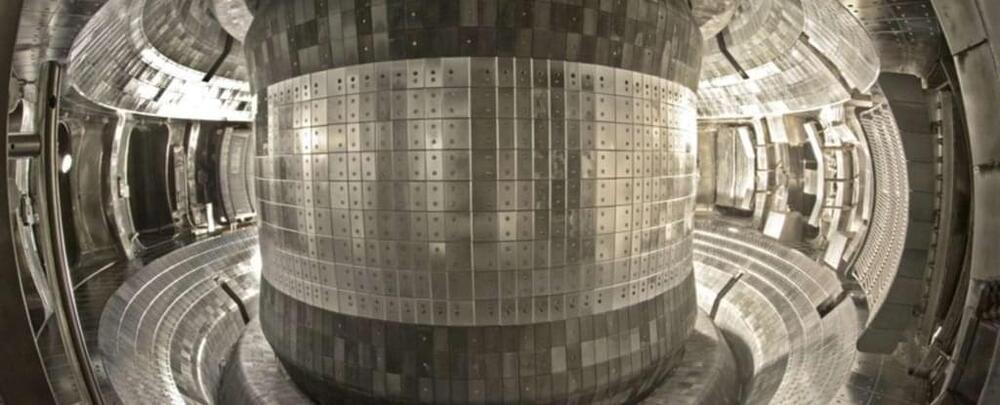🔔 Subscribe now for more Artificial Intelligence news, Data science news, Machine Learning news and more.
🦾 Support us NOW so we can create more videos: https://www.youtube.com/channel/UCItylrp-EOkBwsUT7c_Xkxg.
The United States military has a long record of being at the forefront of humankind’s technological achievements. For example, it was the U.S. Navy in the 1940s, led by Admiral Rickover, who pioneered the use of nuclear power as a propulsion device, and that eventually led to nuclear power plants for civilian use. Today, the military again leads the charge into the future with their innovations in robotics and their many applications across the entire infrastructure of the organization. We will talk about MAARS, Robobee, DOGO, SAFFiR and Gladiator!
#bostondynamics #bostondynamicsrobot #robotics.
📺 Fun fact: Smart people watch the entire video!
🤖 AI News Daily provides the latest Artificial Intelligence news and trends. Explore industry research and reports from the frontline of AI technology news.








